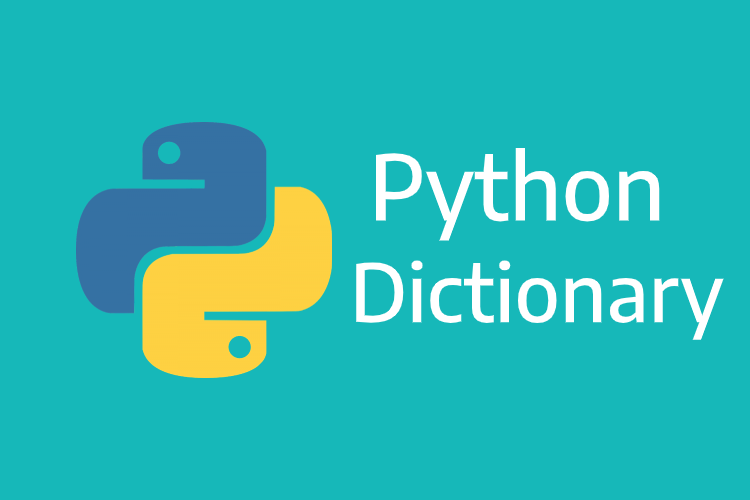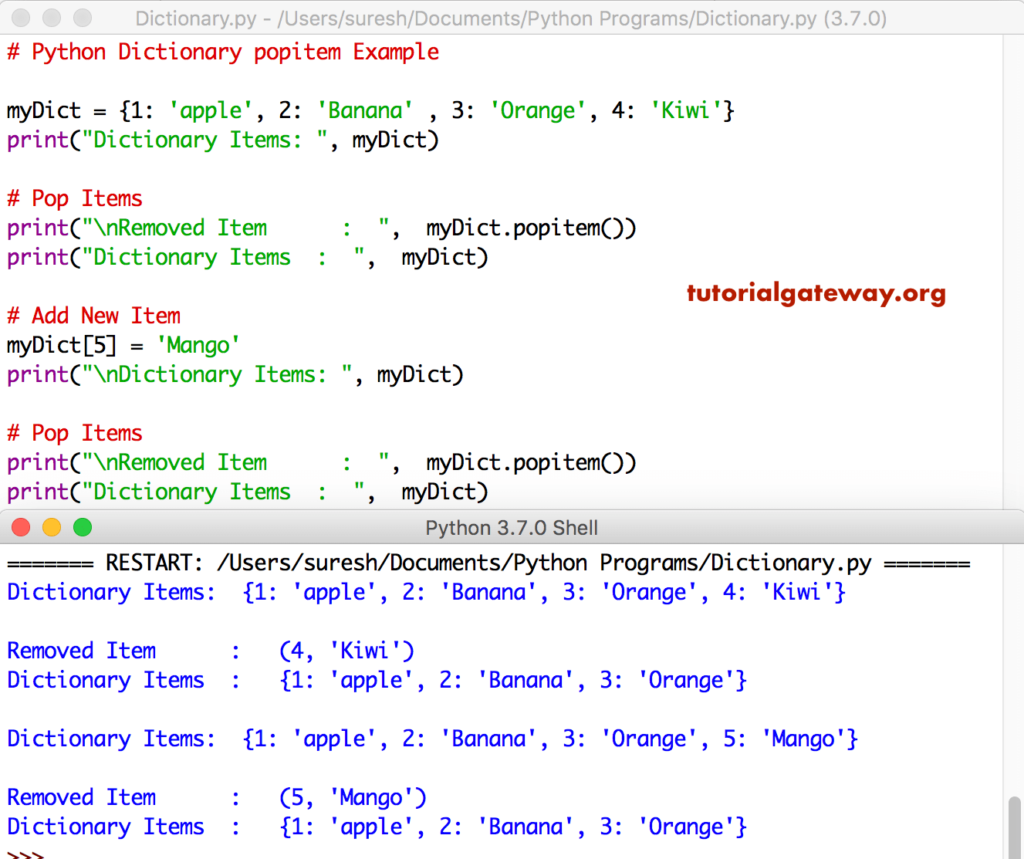

In this tutorial of Python Examples, we learned how to print Dictionary, its key:value pairs, its keys or its values. Even when using Pandas, it is sometimes recommended to still use Python dictionaries when the situation calls for it, for instance when values simply need to be. To access a value we can can use the corresponding key in the square brackets as shown in the following. A dictionary consists of a collection of key-. Accessing dictionary values using keys in Python. This speed is due to the fact that dictionary keys are hashable. Dictionaries are Pythons implementation of a data structure that is more generally known as an associative array. We can also use lists for this scope, but they are much slower than dictionaries. It’s a good idea to use them whenever we want to find (lookup for) a certain Python object. In the following program, we shall initialize a dictionary and print the whole dictionary. Python dictionaries allow us to associate a value to a unique key, and then to quickly access this value. print() converts the dictionary into a single string literal and prints to the standard console output. The main use of a dictionary in Python is to be a data structure with hashed access by its key, where each key has associated a data structure (of any type in.

To print whole Dictionary contents, call print() function with dictionary passed as argument.

Unlike lists, dictionaries are inherently orderless. In this tutorial, we will go through example programs, to print dictionary as a single string, print dictionary key:value pairs individually, print dictionary keys, and print dictionary values. A dictionary in Python is an unordered set of key: value pairs. To print dictionary items: key:value pairs, keys, or values, you can use an iterator for the corresponding key:value pairs, keys, or values, using ems(), dict.keys(), or dict.values() respectively and call print() function.


 0 kommentar(er)
0 kommentar(er)
